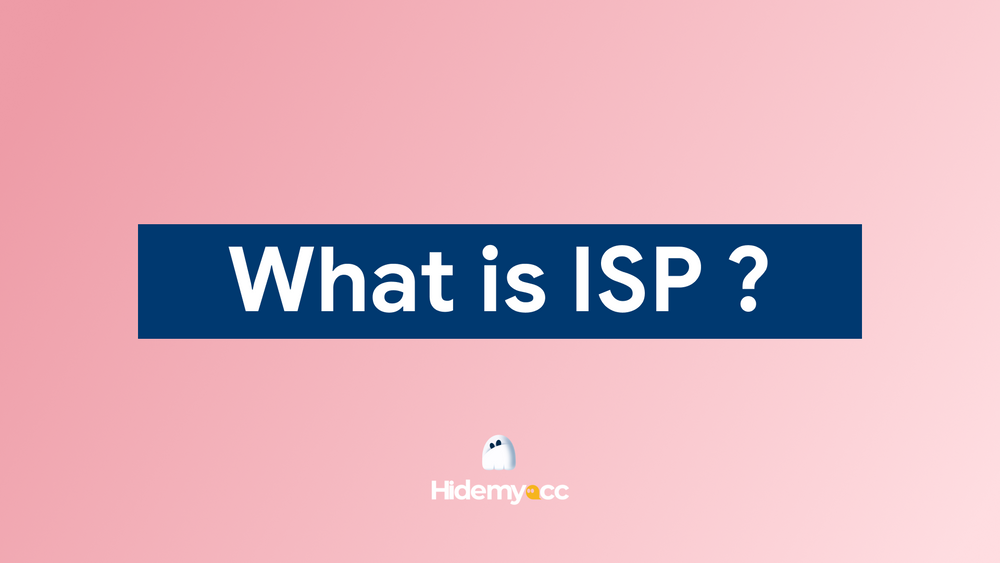IPv4 address is the first version of the most widely used Internet Protocol (IP) today, playing an extremely important role in connecting devices globally. This article will give you an overview of IPv4, from the basic concept, how it works, to why IPv4 is still an indispensable part of the network infrastructure despite its appearance. appearance of IPv6. Explore now with Hidemyacc!
1. What is IPv4 address?
IPv4 address (Internet Protocol Version 4) is a network protocol belonging to the fourth version of the Internet Protocol, standardized by the United States Department of Defense in the MIL-STD-1777 standard. This was the first IP version to be widely deployed globally and still plays an important role in the global network system.
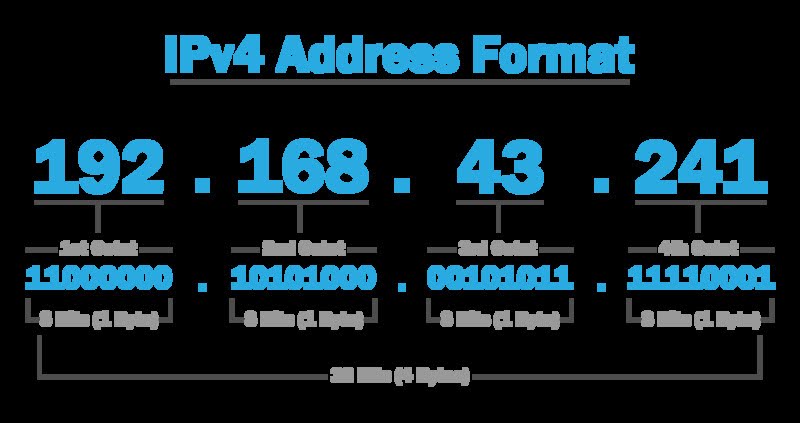
IPv4 address operates under a packet switching model, focusing on data transmission without ensuring packet order or accuracy in packet arrival to the destination. However, IPv4 has a mechanism to check data integrity through accompanying test packets.
Address IPv4 is a string of 32 bits, divided into 4 groups of numbers (octets), each group has 8 bits, separated by dots. For example, the address "172.16.254.1" is a valid IPv4 address, with each group of numbers ranging from 0 to 255. This address helps devices on the Internet identify and communicate with each other.
>>> Learn More: What is IPv6 Addresses? What They Are and Why They Matter
2. How many classes does an IPv4 address have?
IPv4 is divided into many different address classes to manage IP address space more effectively, including: A, B, C, D and E. Each class has a separate function and scope.
-
Class A: Used for large networks.
-
Class B: Suitable for medium and large networks.
-
Class C: Used for small networks.
-
Class D: Used for multicast communications.
-
Class E: For testing and backup purposes.
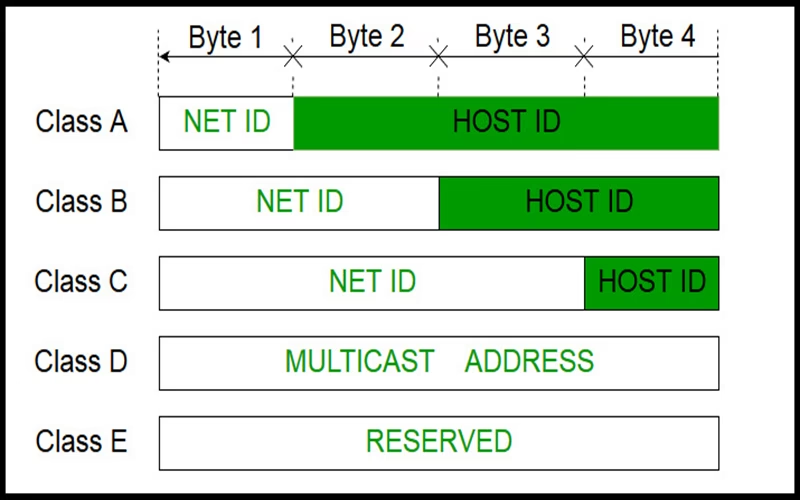
2.1 Class A
Class A uses the first octet as the network part and the remaining three octets as the host part. Class A addresses have the first bit 0, with an address range from 1.0.0.0 to 126.0.0.0. Network 127.0.0.0 is used for loopback purposes (sending data to the sending machine itself). Each Class A network is capable of containing 2^24 - 2 hosts.
2.2 Class B
Class B uses the first two octets for the network portion and the last two octets for the host portion. Class B addresses always start with two bits of 10, with a range from 128.0.0.0 to 191.255.0.0. Class B supports 2^16 - 2 hosts per network.
2.3 Class C
Class C uses the first three octets for the network portion and the last octet for the host portion. Class C addresses start with the three bits 110, with an address range from 192.0.0.0 to 223.255.255.0. Each Class C network can support 2^8 - 2 hosts.
2.4 Class D
Class D addresses range from 224.0.0.0 to 239.255.255.255 and are used for multicast communications. An example is the address 224.0.0.9 for the RIPv2 protocol.
2.5 Class E
Class E starts from 240.0.0.0 onwards and is usually reserved for backup purposes or for use in tests.
>>> View More: Set Static IP Address - How to do it on Windows 10
3. How IPv4 address works
Understand how it works IPv4 address helps you manage your network more effectively and securely. Specifically, IPv4 address works according to the following steps:
-
Data is divided into small packets, each packet contains a header that includes information about the source IP address, destination IP address and other control information.
-
Data packets move within the network based on the IP address present header.
-
The router Routes data packets based on IP address, ensuring they are delivered to the correct destination.
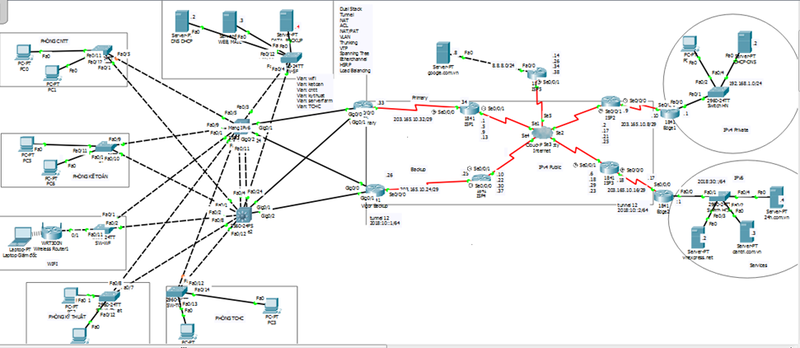
4. Advantages and disadvantages of IPv4 addresses
IPv4 is one of the most popular network protocols today, widely used worldwide. However, besides its outstanding advantages, IPv4 address also has some limitations that need to be considered.
4.1 Advantages
-
Data transfer does not require prior connection: IPv4 address has a connectionless feature, which allows data to be sent without first establishing a connection with the destination device. This creates flexibility in routing packets when encountering transmission problems.
-
Create virtual communication across multiple devices: IPv4 helps build a simple virtual communication layer between devices, supporting easy network connection and communication.
-
Saves memory and is easy to remember: IPv4's 32-bit address saves more memory than IPv6, and the decimal address separated by dots also makes it easier to remember and manage.
-
Supports a variety of devices: IPv4 is deployed on millions of devices, ensuring compatibility and support across multiple operating systems, devices, and applications.
- Supports video library and conferencing: IPv4 provides video transmission and online conferencing capabilities, supporting meetings, teleconferences, and live streaming.
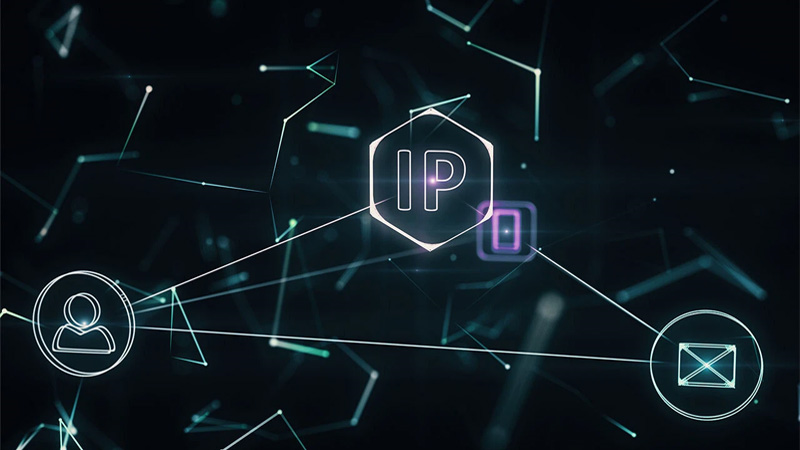
4.2 Disadvantages
-
Complex routing structure: IPv4 address uses a complex routing structure, requiring routers to maintain large routing information tables, consuming a lot of memory resources.
-
Address space shortage: With an address space of only 32 bits, IPv4 is limited to about 4.3 billion addresses, which leads to a scarcity of IP addresses, especially in class B.
- Lack of security integration: IPv4 address does not have built-in security features. Security is typically performed at the application layer, and security solutions like IPSec primarily focus on traffic between networks rather than between servers. This motivates the development of IPv6 to overcome security limitations.
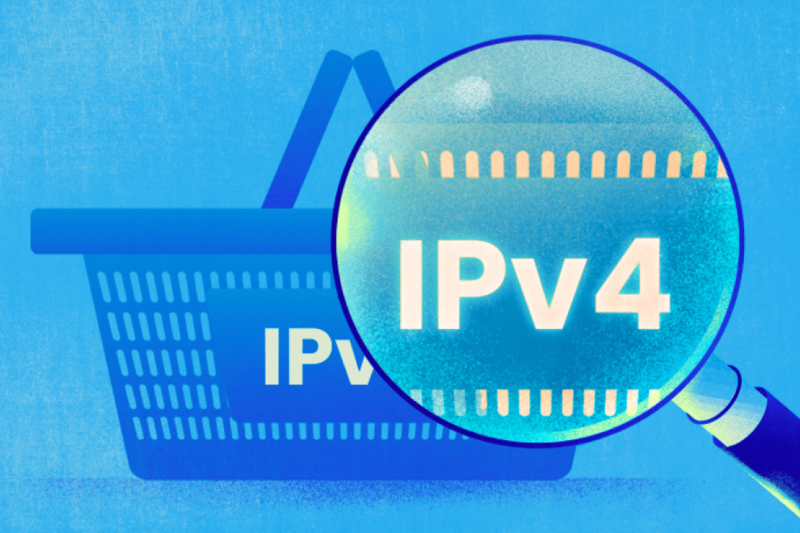
5. Things to keep in mind when using IPv4 address
After understanding the address clearly IPv4 address and network layers, here are some important points to pay attention to when working with this protocol:
-
IPv4 addresses of classes A, B, and C are often used to assign to host devices in the network.
-
You should check the first octet of an IPv4 address to determine which class it belongs to. If the first octet is between 1 and 126, the address is class A. If the octet is between 128 and 191, the address is class B. With ranges from 192 to 223, the address is class C. Addresses are 224 to 239 is of class D, and finally, addresses with octets 240 through 255 are of class E.
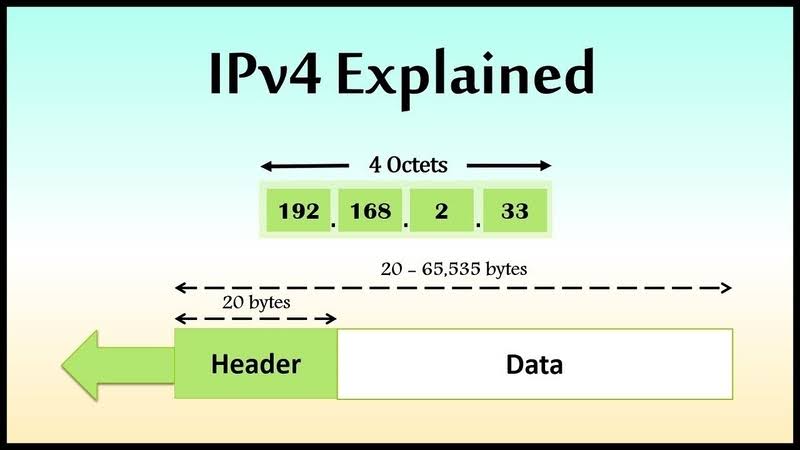
6. Some frequently asked questions about IPv4 address
In this section, Hidemyacc will answer some common questions related to IPv4, from address exhaustion to why at all IPv4 and IPv6 still need to be used in parallel. This information will help you better understand the differences and challenges that IPv4 is facing in the constantly evolving landscape of the Internet.
6.1 Are IPv4 addresses used up?
IPv4 addresses have become scarce since the 1990s. To solve this problem, IPv6 was developed and deployed in 1994 by the Internet Engineering Task Force (IETF).
6.2 How many bits does each IPv4 address group have?
Each part of an IPv4 address, called an octet, consists of 8 bits. IPv4 is structured into four octets, making a total of 32 bits per address. The octets are represented as decimal numbers and separated by periods ("."). For example: 192.168.1.1.
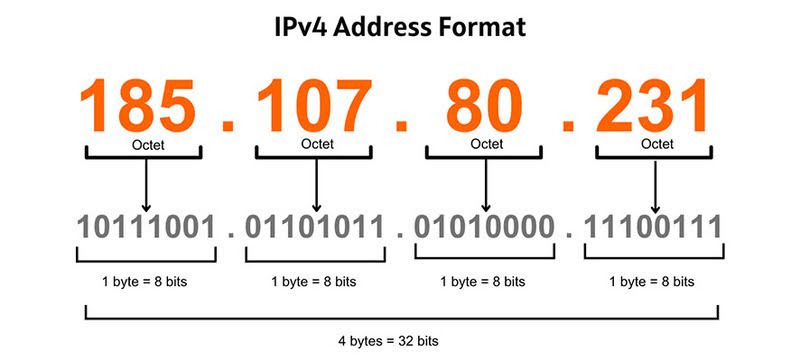
6.3 Why not switch to using IPv6 completely?
A complete transition to IPv6 will be a long process, possibly lasting decades, but if you still want to learn about IPv6 addresses, you can read here: https://hidemyacc.com/ipv6. Factors such as IPv4 technology still being used, high migration costs, and other issues make a full migration difficult in a short period of time.
6.4 How to solve the problem of IPv4 address shortage
Several solutions have been applied to deal with the shortage of IPv4 addresses:
-
Subnetting: Divide the network into smaller subnets to optimize address usage.
-
CIDR (Classless Inter-Domain Routing): Flexibly divide and manage network addresses, helping to save IPv4 addresses.
-
VLSM (Variable Length Subnet Masking): Allows dividing subnets with masks of different lengths to make the most of IP addresses.
-
NAT (Network Address Translation): The technology allows switching between private and public IP addresses, increasing the number of IP addresses that can be used in the internal network.
6.5 Why are two versions IPv4 address and IPv6 address needed?
The existence of both IPv4 and IPv6 is necessary because:
-
IPv4 has become a popular standard with widespread deployment, but its address space is exhausted and limited.
-
IPv6 was developed to solve the problem of address exhaustion by providing a larger address space (128 bits) and supporting many advanced features such as security and efficient routing.
-
Although IPv6 has many advantages, IPv4 is still widely used. Therefore, a gradual transition from IPv4 to IPv6 is needed to ensure compatibility and connectivity between the two versions during the development of the Internet.
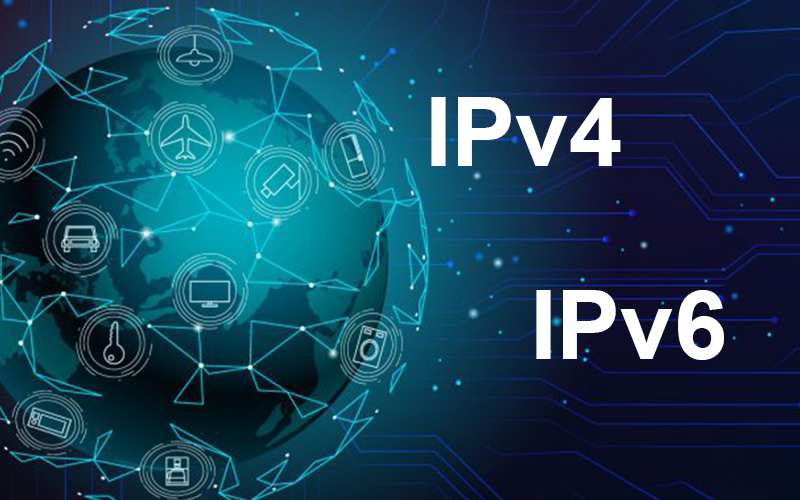
IPv4 address, although it has existed for a long time, it still plays an important role in constituting and maintaining global network connectivity. With its characteristics and limitations, understanding IPv4 address not only helps you gain more insight into how the network works, but also prepares you well for the transition to new technologies like IPv6. By mastering the basics of IPv4 address, you can easily manage and optimize your network. If you have any questions, please contact Hidemyacc immediately for advice.
You May Also Like:




